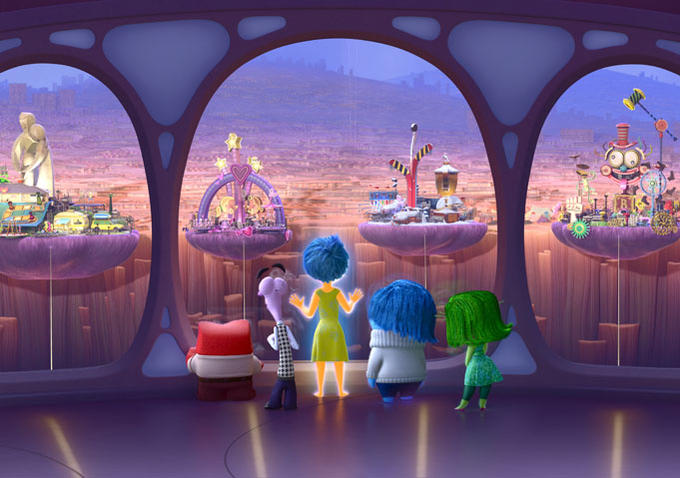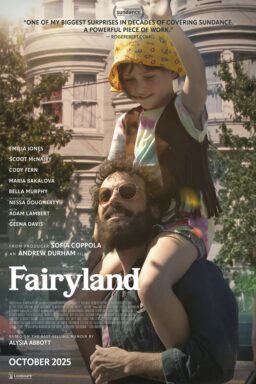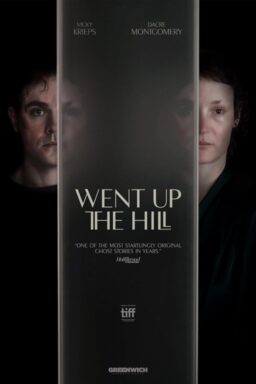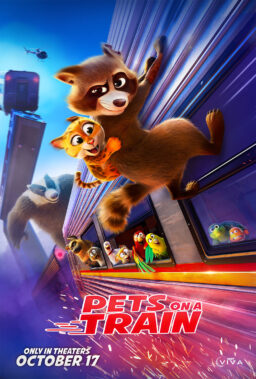Good kids’ movies are the ultimate pacifier; it’s a genre of
self-reinforcing tropes about self-esteem and positivity built to electrify and
calm children and give rest to pooped parents. In his three films at Pixar,
Docter has disproved this characterization, not by making his films more adult,
as directors like Brad Bird have done, but by imagining the world of childhood
in all its psychological complexity. His latest, “Inside Out,” co-written with
Meg LeFauve and Josh Cooley, animates the emotional life of a young girl,
literally. With the film taking place in 11-year-old Riley’s mind, and
characters representing her five key emotions, Docter is able to embrace philosophies
of children’s development that feel radical in American animation.
Docter’s interest in developmental psychology as a
storytelling tool has been clear right from the start. Much like “Inside Out,”
his first film, “Monsters Inc.,” literalizes fear, a core element of childhood,
as monsters in our bedroom closets. While the film is focused on the pet kids’
movie theme of friendship, it also makes time for commentary on the
relationship between parent and child, which can involve much love, but also
fear. Most movies for kids trade in fear. Villains are stock and stepparents
are cruel. Walt Disney knew, just as Grimm’s fairytales taught us, that fear is
an important motivator for children—adults, too, let’s be honest—and he didn’t
shy away from putting horror in even his most charming stories. “Monsters Inc.”
has villains, but it’s when our protagonist Sully performs his monstrous roar
in front of the little girl Boo that she is most terrified.
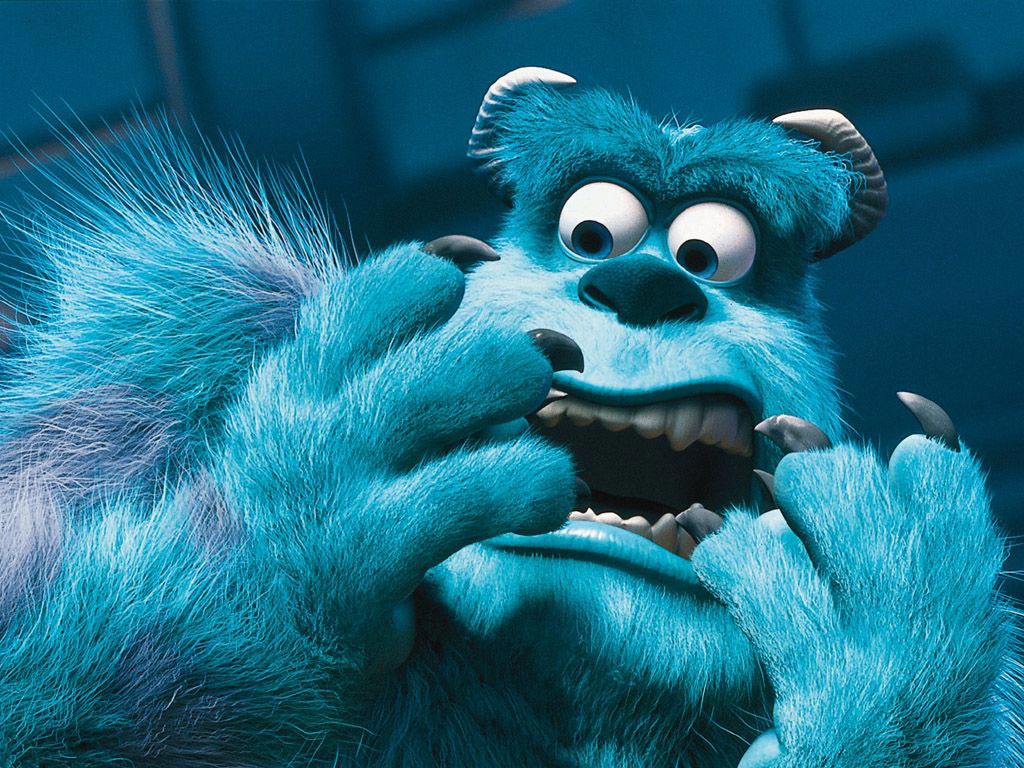
That scene, the most heartbreaking in the film, is so
affecting because of its cutting truth. At those early stages of
development—Boo is about 2 years old—children are developing a curiosity about
the world, but also attaching themselves to their parents and other close
adults. Bonds of trust are formed, just as we see forming between Boo and
Sully. It’s terrifying, then, for Boo to witness the darker side of this new
parental figure. The breaking of trust at that age is a shattering experience,
and also an important one in both the child’s development and their
relationship with the parent. Parents can be as scary as any villain, the film
says. Docter avoids casting fear as something external to be defeated. Rather,
fear is something to be witnessed and understood, and also worked through as a
crucial feature of growing up.
The bond with a parental figure also plays a key role in “Up.”
A lot has been written about the opening marriage montage in “Up,” but the film’s
journey centers on the relationship between the elderly Carl and the 8-year-old
Russell. Though it’s never said outright, Russell is a child of divorce, with a
mostly absent father. Russell is already well into the “competence” stages off
childhood, finding ways to be active and productive by earning Scouts merit
badges. Yet, his parents’ divorce has also pushed him prematurely into the next
stages, forcing him to search for new role models. He longs for a father
figure, and puts Carl in the position of being that substitute.
In one scene of “Up,” as Russell unsuccessfully attempts to
build a tent, Carl asks why he hasn’t gotten his dad to show him how. He
presses the point, and Russell bursts, telling him that he’s tried calling his
dad, “but Phyllis told me I bug him too
much.”
“Phyllis!” Carl
responds, incredulous. “You call your own
mother by her first name?”
“Phyllis isn’t my mom,”
Russell returns, surprised that Carl would think such a thing.

There’s an “oh” from Carl, and a moment of awkward
recognition sets in. It’s quietly one of the best scenes in any Pixar film; one
in which an adult sees in a child’s eyes the full range of experience and
emotion that makes him a complex human being. For Docter, children are no less
complicated than adults, and their defining relationships are no less
meaningful than those of an old man who’s had a long marriage. The movie also suggests
that the memory of a lost loved one can be a vibrant, living thing that informs
the relationships with the people we have in front of us, even if they’re only
8 years old and a little annoying.
The role of memory as a living, changing thing is as important
to the message of “Inside Out” as its personified emotions. It’s a film about
how children learn to deal with the events of their lives in the moment, and as
memories. Social pressures in all situations tend to favor surface-level
happiness and joy, however phony. “Where’s
my happy girl?,” Riley’s mother says, looking for a smile. The smile comes,
as false as one would expect from an 11-year-old feeling lonely in a new city.
That false smile is the approach of so much that passes for kids’
entertainment. “Inside Out” rejects it completely. It’s a film that dares to
tell children and parents that it’s okay to be sad.
More than that, though, the film says that feeling sadness
is one of life’s core experiences. Sadness helps define personality as much as
fear, anger, disgust, and even joy. The character Joy learns this lesson as she
views one of Riley’s core joyful memories and discovers the sadness that
preceded and enabled that moment of happiness. In that scene, the film finds
the root of nostalgia—that twinge Don Draper talked about on “Mad Men”—where
our memories can be both happy and sad all at once, or scary and happy, or
disgusting and sad, or any combination you can imagine. Teaching kids that they
are allowed to hold more than one emotion at once, from the film’s view, is essential
to growth. In fact, it’s just as essential for adults and parents who’ve
forgotten that crying is perfectly natural, as it is for children.
Even among Pixar’s other excellent films, Pete Docter’s work
stands out. A young child might not grasp the abstract and psychological concepts
at play in Docter’s movies, but you can bet they recognize the truth in those
key moments. These are children presented on film as children truly are:
growing, developing, creating identities for themselves, looking for trust with
parental figures, and dealing with experiences and emotions as difficult and worthy
of exploration as those of any adult.
